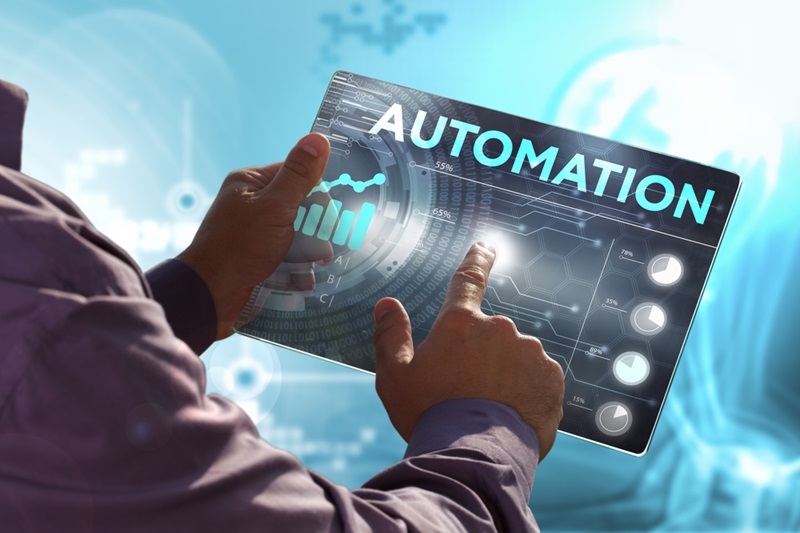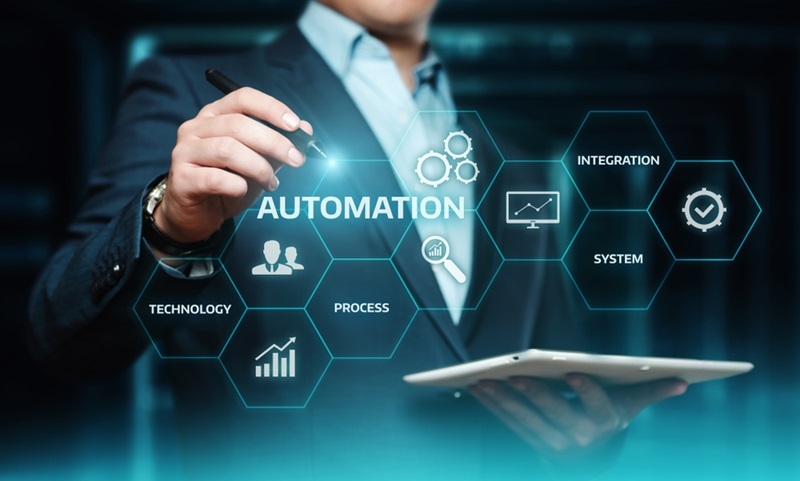
The technology sector is experiencing another intense wave of disruption in 2025, driven by innovation in automation software. This technology revolutionizes how businesses operate, develop software, automate processes, and deal with data. As an enterprise leader, developer, or startup entrepreneur, being alert to how automation changes the industry is crucial to remaining competitive.
This blog will explore the most dominant automation software propelling this revolution. We will look at some types of automation, such as workflow automation software, robotic process automation, the USA trend, and automated AI solutions. These all translate to more efficiency, cost-effectiveness, and scalability for tech companies today.
Automation software has evolved from simple task schedulers to sophisticated ones that can execute intricate processes. In 2025, organizations employ them to save manual effort and optimize accuracy, productivity, and process consistency. From development to deployment, support to sales, automation covers all aspects of a technology business.

Here are the types of Automation Initiating Change:
Workflow automation software allows businesses to model, automate, and streamline recurring business processes. In 2025, the software will be more advanced than ever, with features ranging from AI-based decision-making to process tracking and seamless integration with existing software environments.
Benefits of Workflow Automation Software:
Tools like Zapier, Make (formerly Integromat), and Microsoft Power Automate are becoming more intelligent every day, with more features and connections that improve everything from customer support to accounting.
Take, for instance, the situation of a software business leveraging workflow automation software to automatically direct new support queries by complexity and client type and resolve them quicker and more efficiently.
Robotic process automation (RPA) in the United States will have progressed enormously by 2025. RPA initially came to be utilized in finance and healthcare, but it has now become a major player in the tech industry as well. Businesses employ RPA bots to automate routine, rules-based tasks such as data migration, compliance verification, and user provisioning.
How Robotic Process Automation USA is Impacting Tech Businesses:
Leaders such as UiPath, Automation Anywhere, and Blue Prism are increasing their US market share, with solutions targeting technology companies, SaaS firms, and digital-native companies.
For example, RPA can be used to automate customer onboarding processes so that all the paperwork, setup of the accounts, and configuration are all taken care of at one time by human resources.
Business automation platforms combine several automation capabilities under one umbrella, offering workflow automation, RPA, analytics, and AI deployments. Platforms make it easy to execute multiple business processes from one place, hence automating complex inter-department workflows.
Why Business Automation Platforms are Gaining Speed:
The prime examples of such are Einstein Automation of Salesforce and Now Platform of ServiceNow. These offer highly customizable products to firms with different requirements, so that firms can create tailored automation environments.
AI-driven automation is possibly the most transformative force reshaping automation tools in 2025. Through the incorporation of predictive analytics and machine learning, the tools are able to make decisions, identify patterns, and maximize processes impossible with static automation.
AI-Powered Automation in Action:
Firms increasingly combine AI-driven automation with legacy workflow software to create more advanced results. For instance, a firm might apply AI to foresee spiking demand and then automatically alter inventory order processes without realizing it.
Software development cycles are quicker and more nimble than ever in 2025, and software testing automation is part of the process. Automation tools in the space enable development teams to run thousands of tests simultaneously, detect bugs early on, and maintain product quality at scale.
Advantages of Software Testing Automation:
Software such as Selenium, Cypress, and Test Complete has been supported with AI integrations that make automated testing intelligent and responsive. Current software can also automatically modify test cases depending on variations in application code or behavior.
Companies in the tech industry are citing a big gain from automation software. Some of the major benefits are:
For instance, a SaaS business can automate billing calendars with workflow automation software and leverage AI-powered automation for customer retention reporting, making the company's business model quicker and more reactive.
Futurewise, such tools can only be more integrated and intelligent. Some of the trends to look out for are:
Hyperautomation integrates several automation technologies to automate end-to-end business processes. It employs AI, machine learning, and RPA in combination to continually scan for improvement areas.
Increasing calls for customized solutions are accommodated by no-code and low-code platforms, which enable non-technical users to create and customize such tools. This is facilitated and accelerates deployment.
Expect more industry-specific automation software, including specialized industry-focused software like healthcare automation software, legal technology automation, or education software.
Since automation deals with sensitive data and high-value systems, automation platforms are seeing increased focus on security, compliance monitoring, and open reporting.
Automation software is of huge potential but comes with challenges too:
Businesses must address automation on purpose, with definite objectives, frequent monitoring, and strong controls.
Automation technologies in 2025 are not only empowering the tech sector but also revolutionizing it. From organizing work with workflow tools to leveraging AI automation for intelligent decision-making, these technologies offer businesses more opportunities than ever before for innovation, growth, and productivity.
Robotic process automation USA trends continue to highlight how businesses can reduce costs without sacrificing compliance, and enterprise-wide transformation becomes increasingly within grasping distance through business automation platforms. In the meantime, software testing automation verifies that new products satisfy customers' high expectations.
This content was created by AI